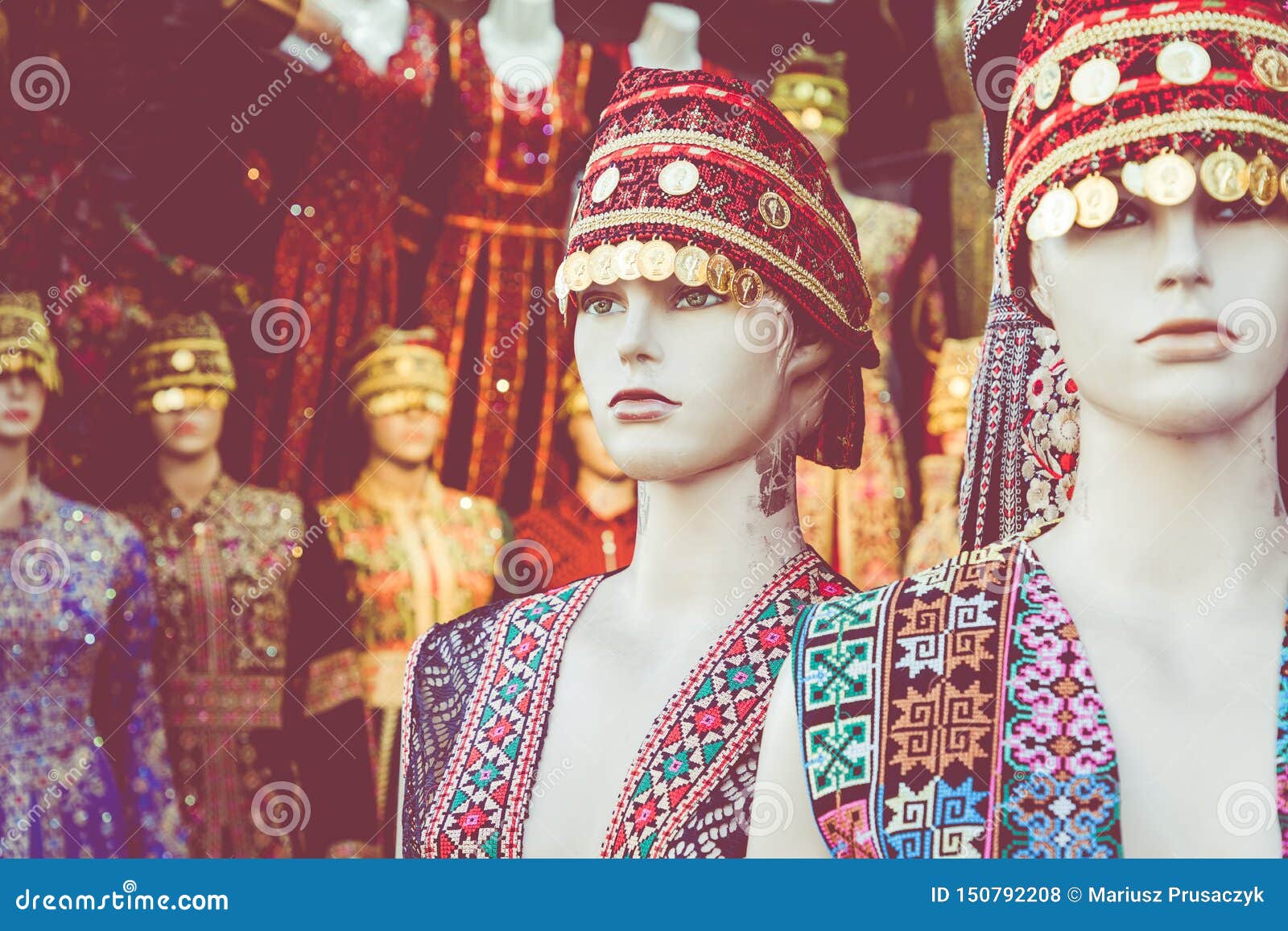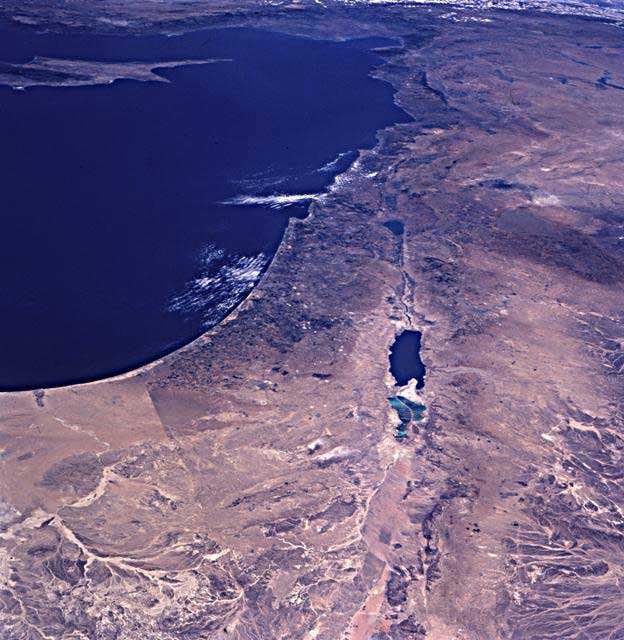rylah
Gold Member
- Jun 10, 2015
- 22,910
- 4,861
- 290
A Palestinian woman embellishes a garment with traditional cross-stitch at a Gaza City workshop on 25 July, which marks Traditional Palestinian Costume Day.
Mahmoud Ajjour APA images

Not specifically 'Palestinian'....just google "Bedouin dresses".
That's actually traditional Bedouin dress.

As much as the Kaffiyah:
The indigenous tradition of the Levant is closely tied with the BLUE color,
that was produced from specific sea snails, the color culturally symbolic of Levant,
as well as being one of its most unique industries, and accordingly region's economy.
Local Levantine women traditionally wore Blue head covering and dress,
this tradition can be identified in the traditional Jewish woolen Talit garb,
and the the traditional choice of colors for dresses in Druze culture:



I have never actually seen this ever addressed.
Red is the color of Desert cultures, Levantines are coast people.
Last edited:


.jpg)











